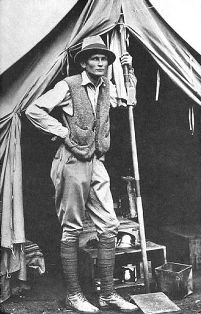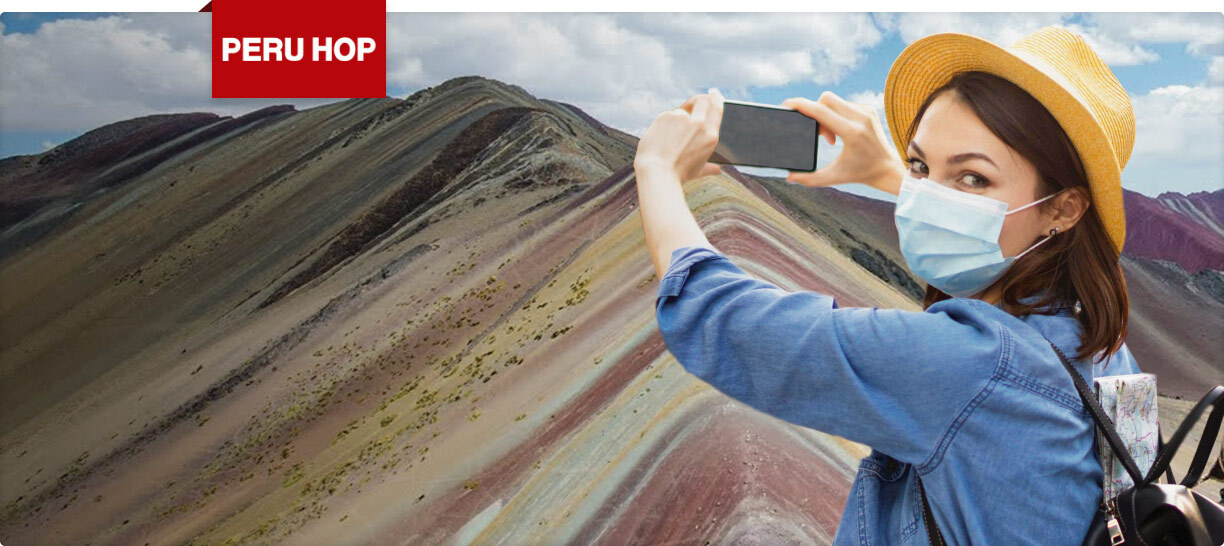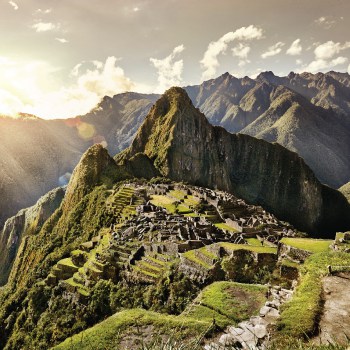Returning to Machu Picchu and the Challenges of Cultural Preservation
A guest post by Charlie Bennet.

Machu Picchu, a site threatened by tourism (photo © Ivan Mlinaric, flickr.com)
“Few romances can ever surpass that of the granite citadel on top of the beetling precipices of Machu Picchu, the crown of Inca land.” — Hiram Bingham, Inca Land
When Hiram Bingham cleared away the jungle vines and crested the peak, he beheld something built long ago and lost to the world for ages. While there is evidence that the indigenous locals knew of the site, it was left completely untouched by the Spanish Conquistadores who brought ruin to the ancient Incan civilization.
Bingham’s discovery in the Cusco region of modern day Peru led him to believe that he had discovered Vilcabamba, the Lost City of the Incas, where the last of the Inca people sought refuge before they finally fell to the Spanish. He believed that the site served as a center for training women to serve the Incan kings such as Pachacuti, as he believed that most of the skeletons his excavations uncovered were female.
Gene Savoy would later disprove the theory that Machu Picchu was Vilcabamba when he discovered ruins of the city. Bingham would also be proven wrong about his idea that female servants were trained at Machu Picchu as modern examinations of the skeletal remains have found that there were nearly as many males as females.
Many theories exist about the true purpose of Machu Picchu with the most popular theory purporting that it served as a vacation home of sorts for Incan royalty, offering them a quiet retreat from the hustle and bustle of the cities. Johan Reinhard, an Explorer-in-Residence at the National Geographic Society, believes that the location was considered sacred due to its location near mountains of religious significance to the Inca civilization.

Yale University and Machu Picchu’s Precious Artifacts

Hiram Bingham at Machu Picchu
Early 20th century archaeology was a very different practice from what it has evolved into. Where modern archaeology tries to preserve artifacts in situ, which is trying to examine an artifact where it is found without removing it, Hiram Bingham removed thousands of artifacts from the site, taking them with him to Yale University where he worked as a professor.
The removal allowed researchers at Yale to conduct extensive examinations, but created strained relations with the Peruvian government. Peru petitioned for many years for the return of the artifacts, ceramics, statues, jewelry, and human remains. Yale University, however, was hesitant, as they did not believe that the Peruvian government could effectively preserve the artifacts.
Negotiations continued between Yale and Peru; in September 2007, Yale agreed to return the artifacts. In November of 2012, Yale returned the final batch of artifacts, which are now on display in La Casa Concha in Cusco.
Machu Picchu, a Threatened World Wonder
Today, Machu Picchu enjoys its status as a modern world wonder, having been awarded the title in 2007. The site had previously been declared a Peruvian Historical Sanctuary in 1981 and a UNESCO World Heritage Site in 1983.
Tragically, like so many culturally significant locations across the world, Machu Picchu is threatened.
It is more than earthquakes, winds, or floods that threaten Machu Picchu. As it has grown to become the biggest attraction for tourists in Peru, it has become exposed to negative human influences. Development of the local area — an area that grows to meet the increasing demands of tourism — has threatened the future of the site.
The sheer number of people that have been to the ancient wonder is easily accomplishing what nature couldn’t do in the last 600 years. Drastic steps have been taken to protect the site, helping to fuel recurring rumors about a potential Machu Picchu closure. The number of tourists allowed to visit the site on a daily basis is now restricted, a no-fly zone has been established over the location, and UNESCO has suggested that measures be taken to create a buffer zone between Machu Picchu and surrounding urban development.
It becomes a vicious catch-22. We want to see these places of ancient beauty with our own eyes and imagine a world before ours, but the best way for them to last forever is for us to never visit them. Tourists unwittingly erode archaeological areas with their feet, a real threat in the case of Machu Picchu. And, while most of us are respectful toward ancient sites, there are those that pose a deliberate threat, removing artifacts from sites of cultural significance or even vandalizing them (in Cusco, for example, and in Egypt).
If you do make the trek out to Machu Picchu or any other site of cultural significance, be mindful of your actions. It’s easy to become entranced in the face of ancient beauty, but think of future generations. By being aware of our actions as tourists, we can ensure that future generations are able to experience these places as we have. And if you intend to make plans for a trip to this epic historical site we suggest you check out FindLocalTrips.com a tour comparison website with heaps of info and all the different options for taking that trip of a lifetime.
Charlie Bennet is a traveler and a writer for G Adventures with a passion for adventure and South America. He loves exploration and stresses the importance of ethical tourism.











2 comments for “Returning to Machu Picchu and the Challenges of Cultural Preservation”